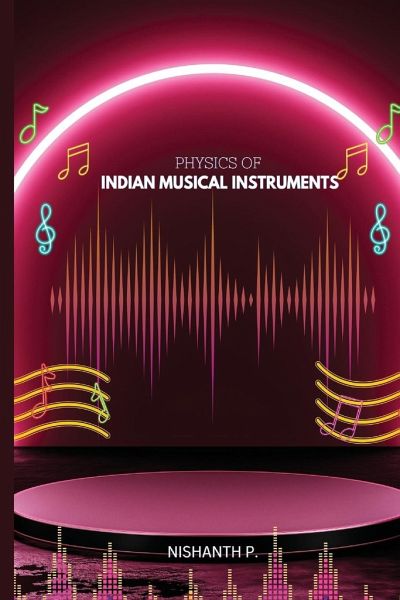Nicht lieferbar

Physics of Indian Musical Instruments
Versandkostenfrei!
Nicht lieferbar
The Physics of Indian Musical Instruments is a branch of physics that deals with the scientific principles behind the construction and functioning of traditional musical instruments in India. These instruments include stringed instruments like sitar and sarod, percussion instruments like tabla and mridangam, and wind instruments like bansuri and shehnai.The physics of sound and acoustics play a significant role in the design and construction of Indian musical instruments. The pitch and timbre of each instrument depend on factors such as the length, thickness, and tension of the strings, the sh...
The Physics of Indian Musical Instruments is a branch of physics that deals with the scientific principles behind the construction and functioning of traditional musical instruments in India. These instruments include stringed instruments like sitar and sarod, percussion instruments like tabla and mridangam, and wind instruments like bansuri and shehnai.The physics of sound and acoustics play a significant role in the design and construction of Indian musical instruments. The pitch and timbre of each instrument depend on factors such as the length, thickness, and tension of the strings, the shape and size of the resonating chamber, and the position of the frets or holes.The study of Indian musical instruments also involves the exploration of the cultural and historical significance of each instrument, the different styles of playing and improvisation, and the relationship between music and spirituality in Indian culture.Researchers and scientists have conducted numerous studies on the physics of Indian musical instruments, which have contributed to a better understanding of the mechanics of sound and have led to advancements in instrument design and technology. This field of study continues to evolve, with ongoing research exploring new ways to optimize the acoustics and performance of these instruments.





